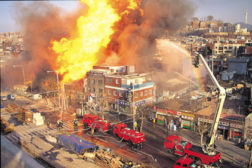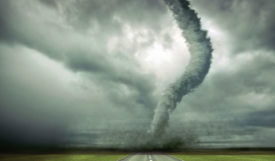Home » emergency
Articles Tagged with ''emergency''
Web Exclusive
Accounting for the Critical Variable in Emergency Response — People, Part 2
June 12, 2012
Tried a US-wide Emergency Alert Test
First Nationwide Emergency Alert System Test Hits Glitches
Some Failed to Air Test at all
November 14, 2011
Advancing Security and Well Being Through Localized Efforts
How to More Efficiently and Cost-Effectively Streamline the Programs within FEMA
October 25, 2011
Want Voice? Better Have $$$
In-building mass notification without fire alarm upgrade headaches
July 12, 2011
Sign-up to receive top management & result-driven techniques in the industry.
Join over 20,000+ industry leaders who receive our premium content.
SIGN UP TODAY!Copyright ©2024. All Rights Reserved BNP Media.
Design, CMS, Hosting & Web Development :: ePublishing










